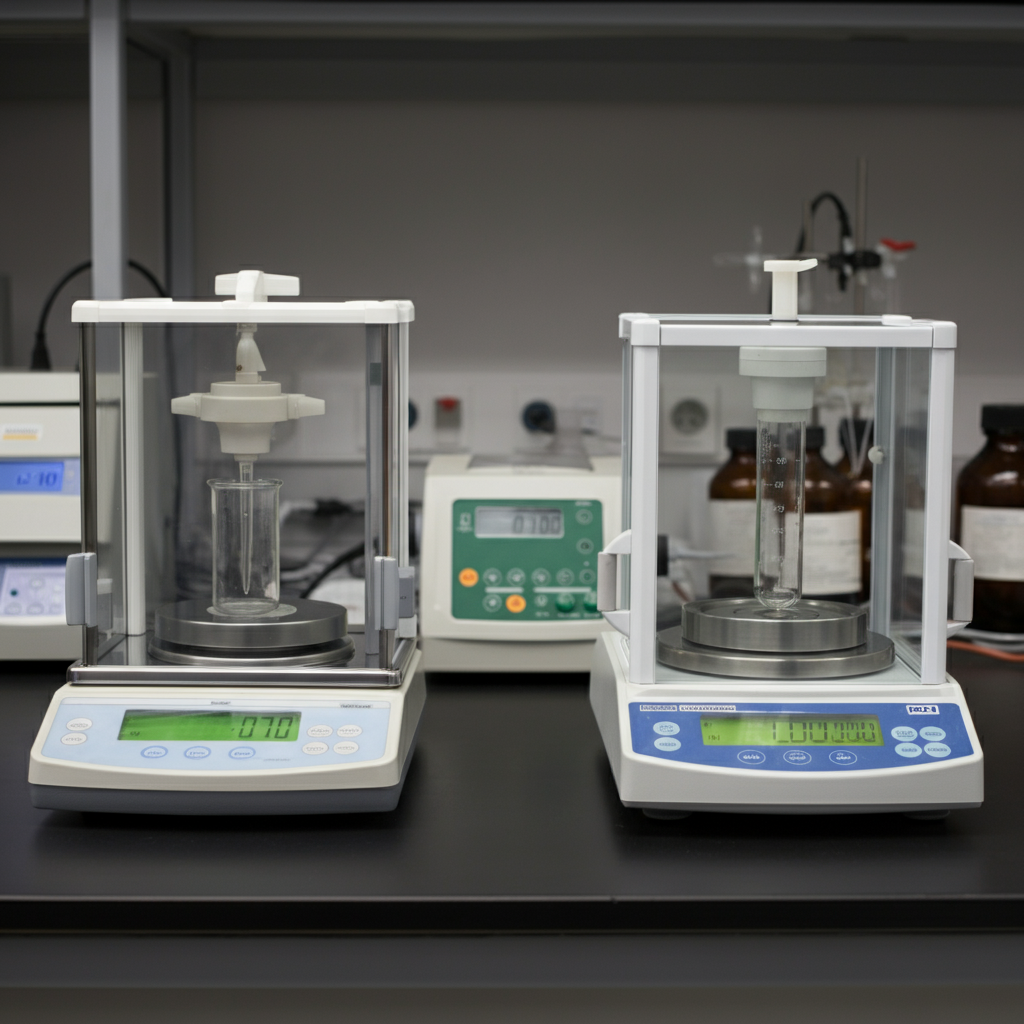When it comes to laboratory equipment, choosing the right balance can significantly impact the accuracy, efficiency, and overall success of your processes. Two of the most commonly used balances are top-loading balances and analytical balances. Though they serve similar purposes, their differences in accuracy, capacity, and applications make them suitable for distinct tasks. This guide will help buyers understand the key differences and make an informed decision based on specific needs.
Key Differences Between Top-Loading Balances and Analytical Balances
| Feature | Top-Loading Balance | Analytical Balance |
|---|---|---|
| Accuracy | Moderate (readability to 0.1 g or 0.01 g) | High (readability to 0.1 mg or 0.01 mg) |
| Capacity | Higher (up to several kilograms) | Lower (typically up to 200-300 g) |
| Readability | Less sensitive; not suitable for micro-measurements | Highly sensitive; ideal for precise measurements |
| Applications | Routine lab measurements, weighing larger samples | Research applications, quality control, chemical analysis |
| Cost | Generally more affordable | Typically more expensive due to higher precision |
| Environment Sensitivity | Less affected by external factors | Requires controlled lab conditions for accuracy |
Practical Considerations for Buyers
-
When to Choose a Top-Loading Balance
If your laboratory work involves relatively larger samples with less demand for precision, a top-loading balance offers the perfect combination of functionality and cost-effectiveness. These balances are commonly used for tasks like weighing raw materials, preparing solutions, or general weighing applications where milligram-level precision isn’t required. -
When to Invest in an Analytical Balance
Analytical balances are essential for tasks requiring ultra-precise measurements, such as measuring pharmaceutical ingredients, chemical compounds, or dissolved solids in water testing. Due to their higher sensitivity, these balances are best used in controlled environments where external factors like vibrations and air currents are minimized.
Making the Right Choice
Your choice of balance should be driven by your application needs, budget, and the sample types you’ll handle. Consider these questions before purchasing:
- How precise do your measurements need to be?
- What’s the maximum weight you’ll regularly measure?
- Are you operating in a controlled lab environment?
- Does your budget allow for the higher cost of precision equipment?
Final Thoughts
Whether you go for a top-loading balance or an analytical balance, investing in the right laboratory equipment will enhance the reliability and efficiency of your workflows. While top-loading balances are versatile and cost-effective, analytical balances offer unmatched precision for specialized tasks.
Choosing wisely ensures that your lab operations are equipped for accuracy and long-term success. Looking for dependable options? Be sure to explore a range of high-quality balances tailored for your needs!
